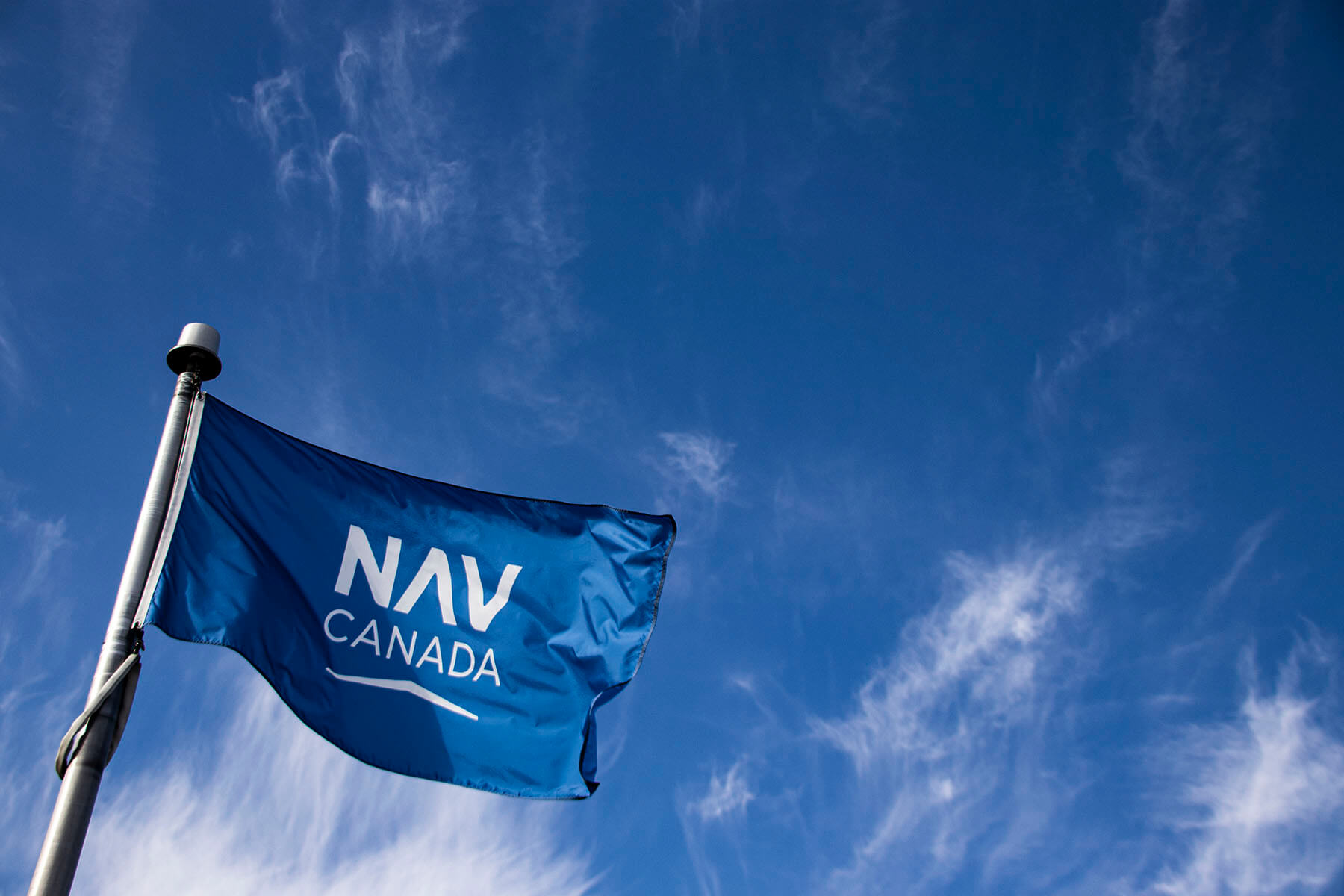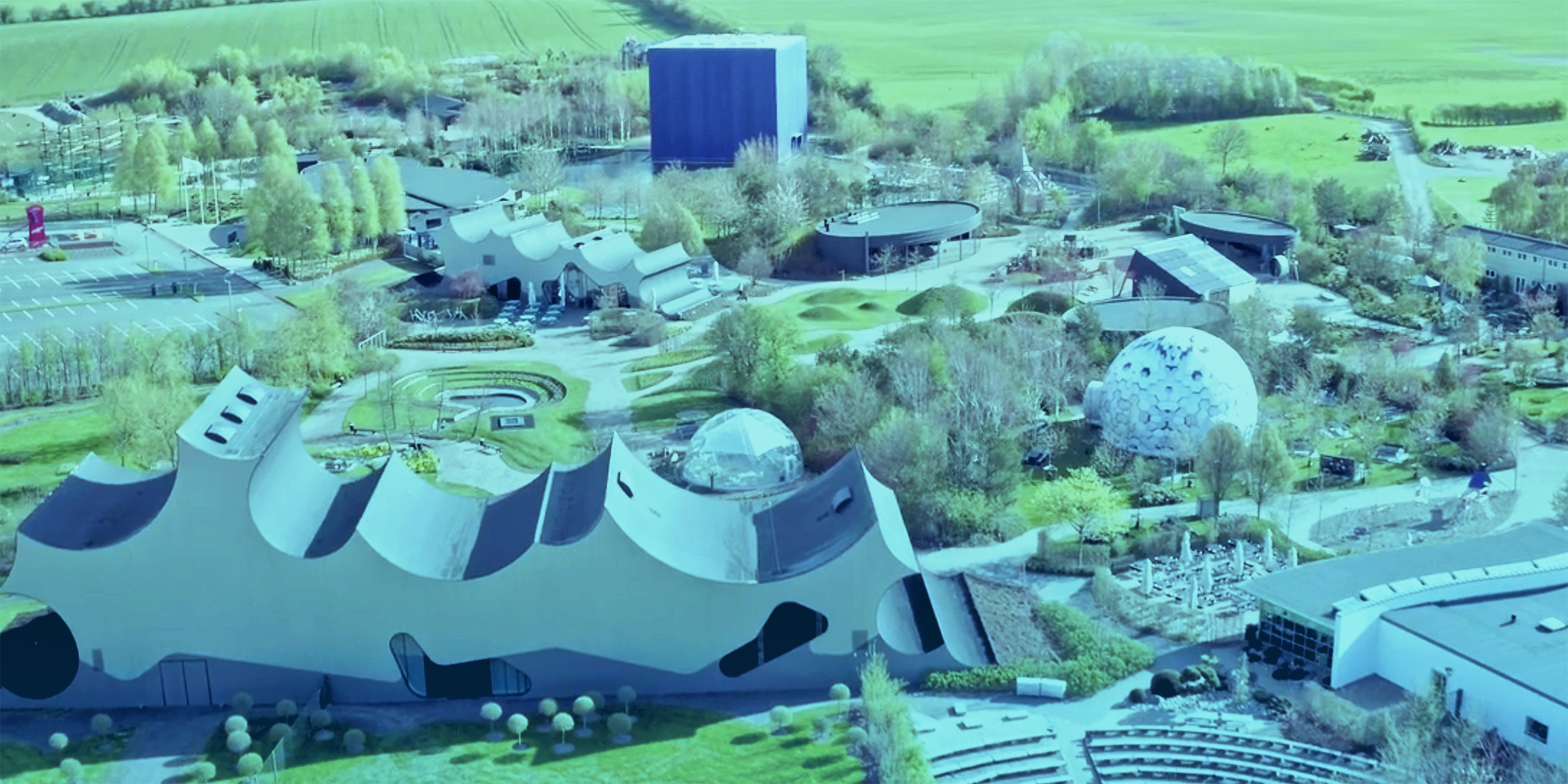In an effort to help guests make the most out of their day, two major amusement parks in the UK and Denmark have installed Veovo Queue and Flow Management solution to measure and predict wait times. The data enables the parks to boost guest experience with real-time wait times.
Precise wait time and visitor flow information is crucial, in order to provide a first-class customer experience, improve capacity planning and increase revenue.
Today many amusement parks base their wait times on judgement of each attraction´s team members, their feel for the location of the queues, and perceived current throughput of the ride. This information is often both inaccurate and inconsistent, which leads to dissatisfied guests. In addition, unpredictable events, such as down-times and variable load ratios between regular and express lanes increase the difficulty of manually maintaining queue times.
In recent years, more and more amusement parks have turned to an automated queue management technology using various people counting and movement sensors. The technology is able to accurately measure and predict wait times, while simultaneously provide managers with data about how visitors move and use the park.
Queues lines are the pet peeve of visitors. The time spent waiting invariably comes at the top of the list of customer complaints. Queue management technologies, such as those from Veovo enable amusements parks to put lines in perspective. With real-time wait times at on screens at ride entrances and via mobile applications, the solution eliminates guesswork about how long the process will take. It reduces frustration and enables guests to maximise their time in the park by choosing alternative rides with shorter queues.
The data can also provide early warning if rides become congested. It allows managers to take proactive actions, such as opening additional lines, or give suggestions on messaging boards and apps about rides with shorter wait times. The distribution of guests ultimately helps reduce bottlenecks, and significantly increases the opportunity for a positive visitor experience, with more satisfied and recurring visitors as a result.
To understand and improve individual areas of operations, it is important that the visitor’s journey is seen as a single process, rather than as a string of isolated events. The understanding that all individual events influence each other is key to unlocking potential gains. The collected data enable managers to review the flow of visitors to retrieve information about specific patterns, such as entrance and exit usage, re-visits, and time spent in retail areas, food courts, rides, restrooms and more. With this information, amusements parks are able to improve business development analytics, such as park capacity planning. It also enables the parks to add value of existing facilities and/or new investments, optimise operations, and improve the visitor flow.


